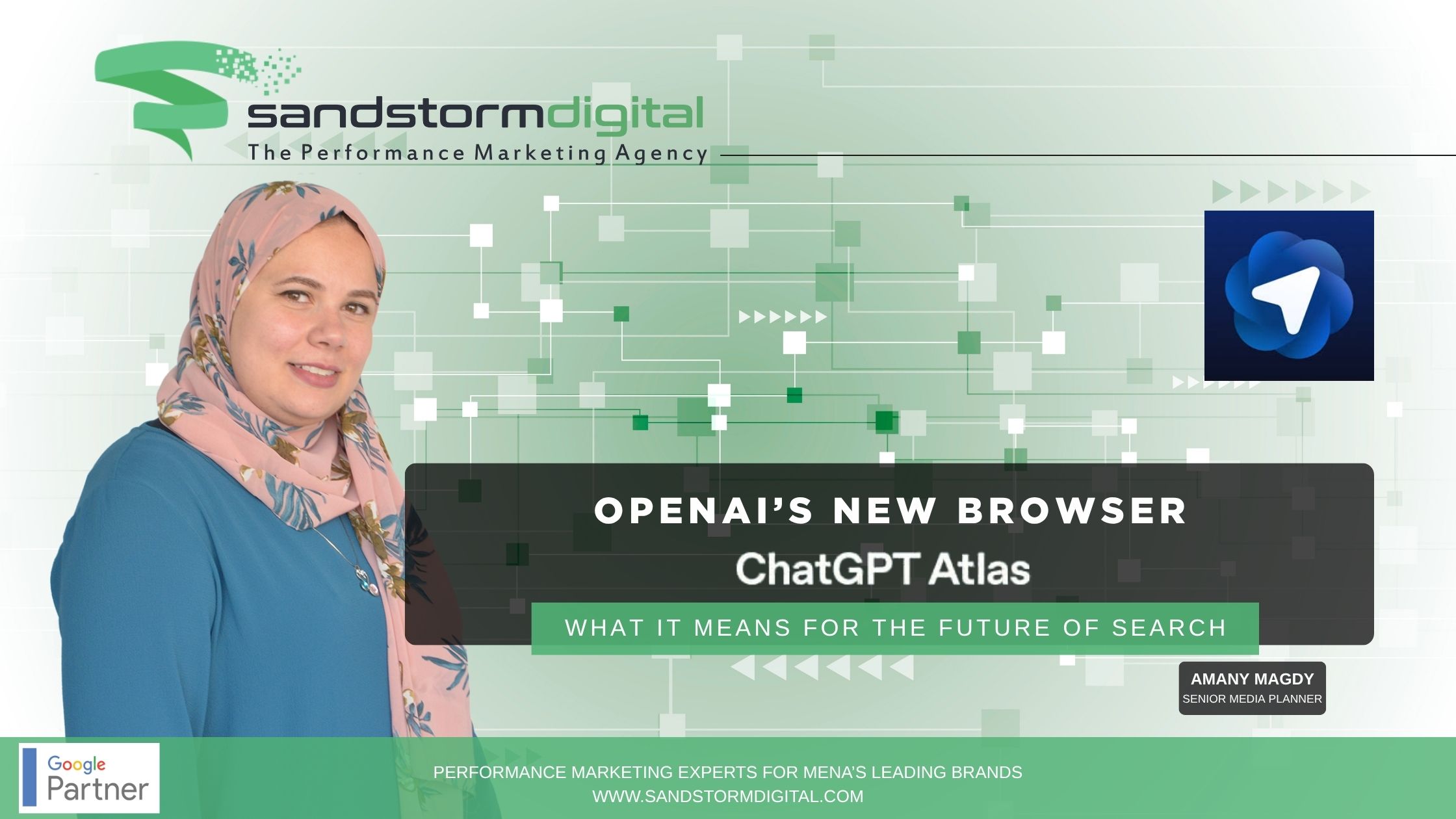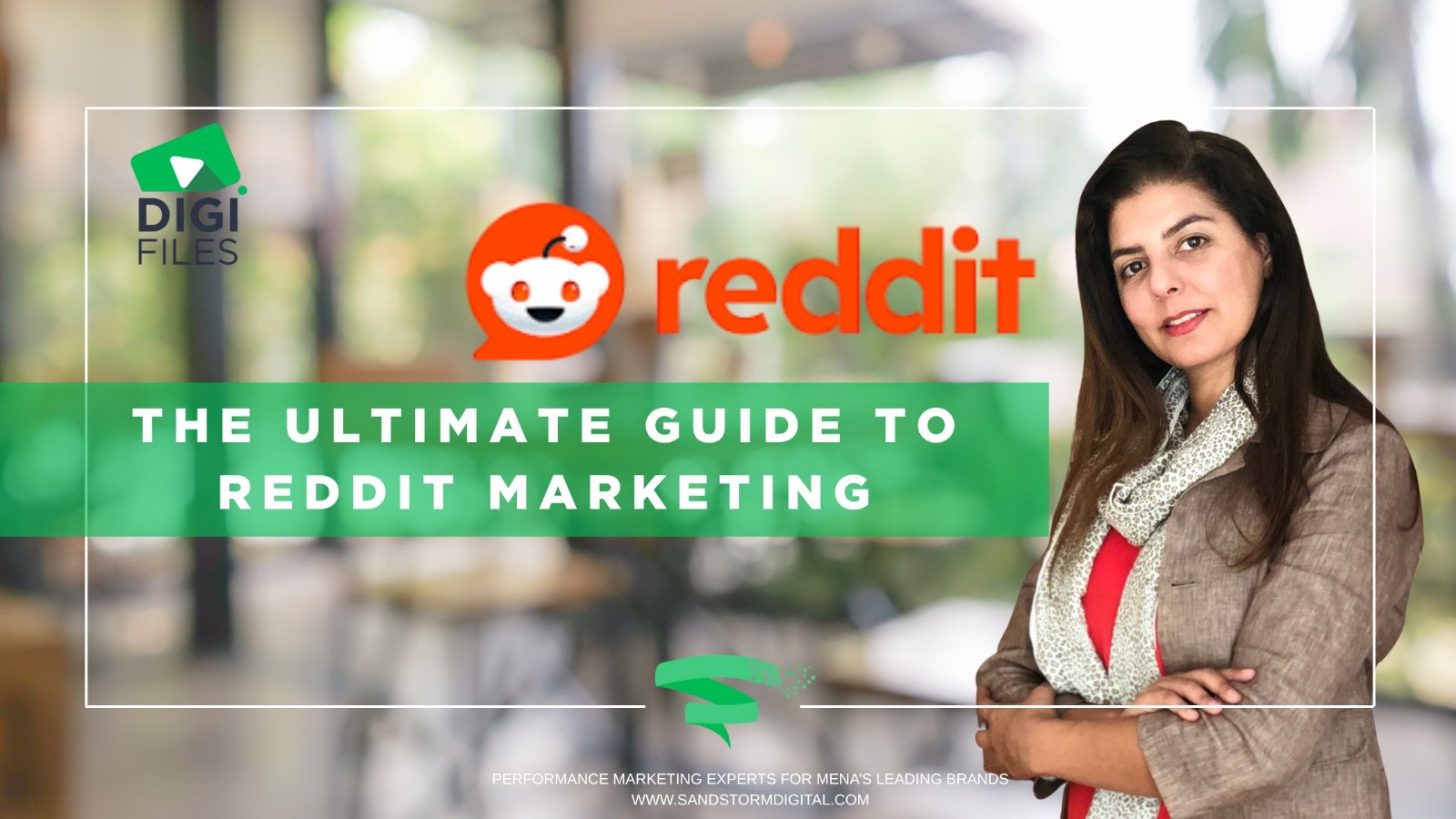The holiday season is more than just a busy time, it’s a digital stress test for your website. Whether it’s UAE National Day, Ramadan, or White Friday, online shoppers in the MENA and GCC region are ready to browse, buy, and bounce, all in seconds.
Here’s how to make sure your website and landing pages don’t just survive the spike, they turn traffic into conversions.
1. Mobile-First or Bust
With over 50% of online purchases in the GCC happening via mobile, mobile-first isn’t a trend, it’s a business mandate.
Your site should look, load, and feel perfect on a smartphone before anything else.
Actionable Tips:
- Prioritize responsive design that adapts across devices.
- Test your site on multiple screens and operating systems.
- Use large, tappable CTAs and simplified menus.
- Avoid clutter; mobile users want speed and simplicity.
Google’s mobile-first indexing means your mobile version defines your SEO performance. Ignore it, and your rankings may slip before you even notice.
2. Expect and Prepare for Traffic Surges
Peak season means peak pressure on your servers. A slow or crashed site is the fastest way to lose holiday shoppers.
Prep your tech stack:
- Run a load test before campaigns go live.
- Use Content Delivery Network ( CDNs) for global load balancing.
- Enable browser caching and minify code to reduce load time.
- Audit your hosting plan; can it scale quickly if traffic doubles?
Speed = trust. A one-second delay in page load time can reduce conversions by up to 20%.
3. SEO: Fast, Structured, and Localized
Speed matters, but so does structure. A fast website without proper SEO is like a billboard in the desert.
Optimize your site and content for both users and search engines:
- Keep page loads under 3 seconds.
- Add structured data (schema) for products, reviews, and prices.
- Use geo-targeted keywords like “White Friday UAE offers” or “Ramadan deals Saudi Arabia”.
- Write meta titles and descriptions that sound local and relevant.
In MENA markets, localized search intent outperforms generic SEO. Think bilingual, think contextual.
4. Landing Pages That Actually Convert
Your landing pages should be built for campaigns, not just copied from your homepage.
They need to capture attention, reduce friction, and guide action.
Best practices:
- Keep your headline punchy and offer-focused.
- Place your CTA above the fold (and repeat it below).
- Use contrast colors and strong visuals.
- Limit form fields, the fewer the better.
- Add social proof – logos, testimonials, trust badges.
Design for conversion, not decoration.
5. Localization Wins the MENA Market
A “copy-paste” approach to Western campaigns rarely works in this region.
Localization isn’t translation — it’s adaptation.
Localization checklist:
- Offer Arabic and English versions of your pages.
- Enable RTL (right-to-left) layouts for Arabic designs.
- Include local payment options.
- Respect cultural moments — Ramadan, Eid, and National Days are marketing gold.
When your design speaks the language — literally and visually — conversion rates rise.
6. Test, Track, and Iterate
Your site is never “done.” Especially during the holidays, real-time optimization can make or break your ROI.
Do this before and during campaigns:
- Test forms, carts, and checkout flows.
- Set up GA4, Meta Pixel, and heatmaps.
- Use A/B tests to refine your offers and visuals.
- Monitor analytics daily, if a page is underperforming, pivot fast.
Final Word
Your website is your storefront, your salesperson, and your first impression — all at once.
If you prepare it for performance, mobile-first design, and cultural fit, making you ready for long-term growth in the GCC digital economy.










